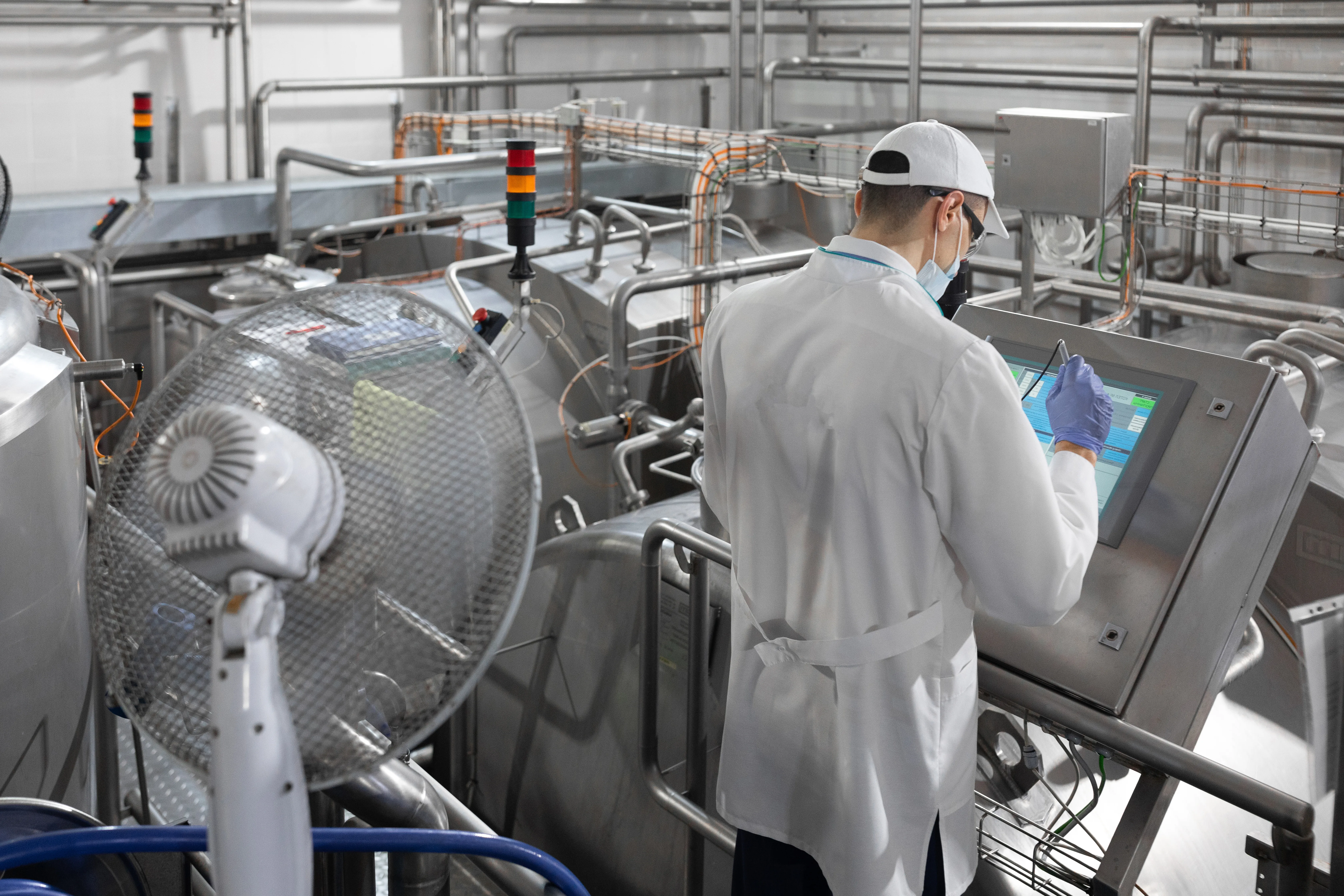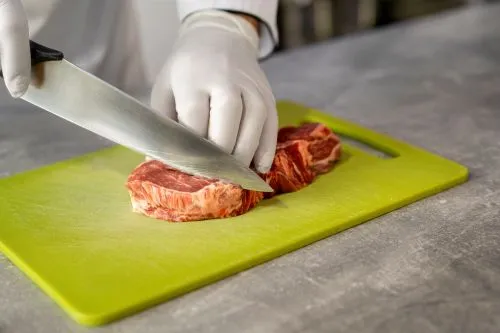1131

Global pork production is reaching a turning point as the industry returns to profitability, even as risks remain ever-present, according to Rabobank's analysis synthesizing second-quarter 2024 data.
The contraction in herd size is slowing down as the industry acknowledges an improved balance between demand and supply.
After several months of decline, the number of sows in key regions is starting to stabilize. With a return to herd expansion unlikely before the end of 2024 or early 2025, pork supply will remain constrained in the coming months.
Increased productivity is also driving production. Better herd health in the USA, Canada, and China is helping to stabilize production, increasing pork availability.
Lower feed costs are offsetting inflation in other expenses and enabling the industry to return to profitability. Larger global stocks of grains and oilseeds have reduced feed costs for most producers.
Despite concerns at the start of the season, a good harvest in South America has added to inventory, exerting additional pressure on prices. Growing conditions remain foremost as the northern hemisphere enters the spring planting season of 2024.
Pork remains well-positioned as a lower-cost protein option for consumers, especially given the ongoing rise in beef prices.
While lower-cost items continue to see significant gains and there is a trend towards more frozen products, consumers' shift towards more home-cooked meals continues to benefit retail pork sales.
As inflation rates peak, there should be a gradual recovery in sales of value-added and processed meats. (Photo: Dreamstime)





